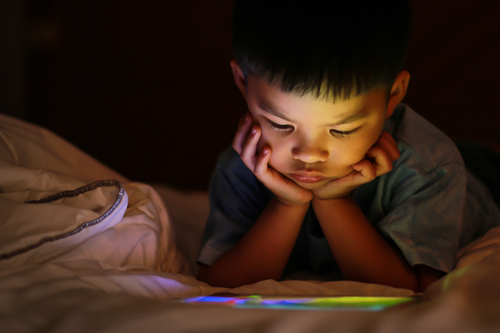📱 In today’s digital age, screens are everywhere — from TVs and tablets to smartphones and laptops. While technology offers incredible learning and entertainment opportunities, it’s also raising a critical question for parents and caregivers: how much screen time is too much for kids?
If you’ve ever felt torn between letting your child watch another episode or insisting on outdoor play, you’re not alone. This article breaks down screen time recommendations, the impact on children’s health, and how to strike a healthy balance.
🧠 Why Screen Time Matters
Children’s brains are rapidly developing, especially in the first few years of life. Too much screen time can interfere with essential activities like:
-
Sleep
-
Physical activity
-
Social interaction
-
Language development
-
Creative play
Screens aren’t inherently bad, but moderation and content quality are key.
📊 Recommended Screen Time by Age (Based on WHO & AAP Guidelines)
| Age Group | Recommended Screen Time |
|---|---|
| Under 2 years | Avoid screens (except video chatting) |
| Ages 2–5 | Up to 1 hour per day of high-quality programming |
| Ages 6–12 | Consistent limits; ideally no more than 2 hours/day |
| Teens (13–18) | Balanced use with limits on recreational screen time |
These are not rigid rules, but helpful benchmarks. The focus should be on quality and ensuring screen time doesn’t displace sleep, movement, or social connection.
📉 Negative Effects of Excessive Screen Time
Too much screen time has been linked to several health and developmental concerns, including:
🚨 Physical Health
-
Obesity: Linked to sedentary behavior and exposure to junk food ads.
-
Eye strain: "Digital eye fatigue" is real—especially with long hours on phones or tablets.
-
Sleep disruption: Blue light from screens can suppress melatonin, making it harder for kids to fall asleep.
🧠 Mental & Emotional Health
-
Reduced attention span: Fast-paced content can make real-world tasks feel boring.
-
Behavioral issues: Overexposure to violent or overstimulating content can impact mood and impulse control.
-
Social withdrawal: Too much time online can replace essential face-to-face interaction.
🎓 Positive Screen Time: It’s Not All Bad!
Screen time can be beneficial when used intentionally. Examples of productive screen time include:
-
Educational apps and interactive e-books
-
Video chatting with relatives
-
Learning tools for reading, math, and science
-
Creative outlets like digital art, coding, or music-making
The key is active engagement and parent involvement, not passive watching.
👨👩👧 How to Create a Healthy Screen Time Routine
Here are strategies to help your family find a healthy balance:
1. Set Daily Limits
Create a screen schedule based on your child’s age and routine. Use parental control apps if necessary.
2. Designate Screen-Free Zones
Make bedrooms, dinner tables, and family outings screen-free to encourage presence and bonding.
3. Watch Together
Co-viewing allows you to guide conversations, explain content, and model critical thinking.
4. Balance with Offline Activities
Encourage outdoor play, board games, reading, and arts and crafts.
5. Use a Media Plan
Tools like the Family Media Plan from the American Academy of Pediatrics can help families set rules that work for them.
📅 Sample Balanced Daily Routine for Ages 5–12
| Activity | Time Allocation |
|---|---|
| Sleep | 9–11 hours |
| School & homework | 6–8 hours |
| Physical activity | 1 hour |
| Meals & family time | 2–3 hours |
| Screen time (recreational) | Up to 2 hours |
| Free play (offline) | 1–2 hours |
💡 Final Thoughts
Screen time isn’t the enemy — but unregulated, excessive screen time can be. As parents and caregivers, our role is to help children develop a healthy relationship with technology by setting boundaries, staying involved, and modeling good habits ourselves.
Think of it like a diet: it's not about eliminating screens altogether, but making smarter, more intentional choices.



Comments (0)
Leave a Comment
No comments yet. Be the first to share your thoughts!